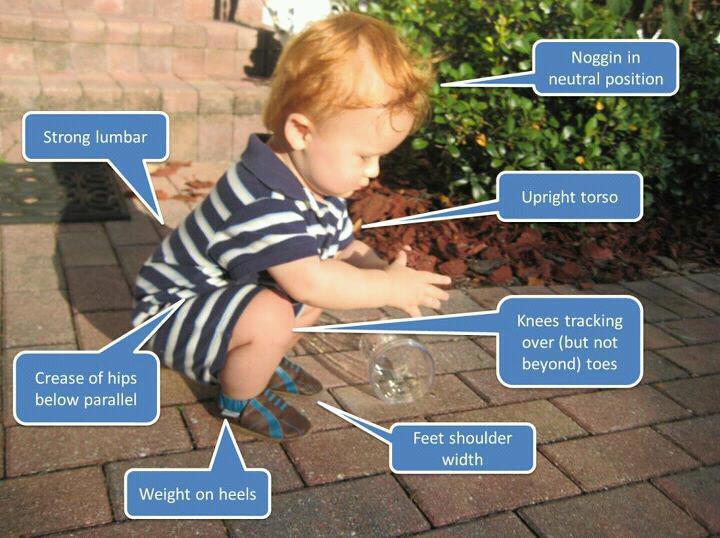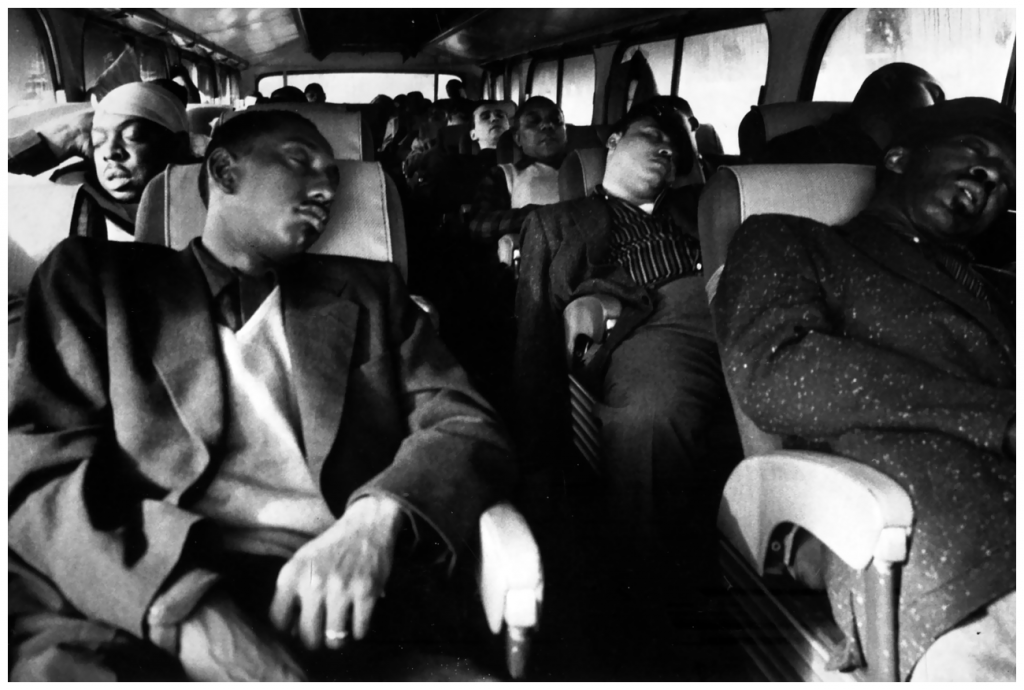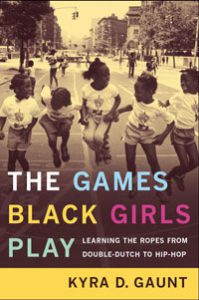We’ve been gradually increasing the amount and type of hippy teaching tools in our classes.
I’m trying to balance full-on hippy fun with historical repertoire, name-checking OGs, and disciplined rhythms and skills.
Interestingly, I’ve found that my definition of ‘technique’ has expanded from partner connection to the ability to create and execute rhythms precisely, to observe and learn-by-watching-and-trying, and most importantly, to do all this stuff _as a teacher_ while I’m guiding student through these skills.
So I can’t teach rhythm-first if I don’t have preceise control of my rhythms.
I can’t see if they’ve got control of their rhythms if I can’t see what their bodies are doing.
The hippy tools
I’ve been working with include:
1. “We’ll do it three times, then you try it”
(A sequence of them trying it with a partner in their own time, us all coming together and them articulating what they’ve had trouble with or observed/been amazed by, them watching again, them trying again, us all doing it together, a technical note or two (usually related to dance technique. This is an extension of the solo jazz warm up where they ‘just have a go’). This is ideal for uneven lead/follow ratios as they can work in groups of 3).
-> skills: learning to understand rhythms or sequences with the eye or ear (not broken down); self-reliance; prioritising what to look for first when learning (and suiting their own needs, not the teachers’ priorities in breaking things down); working with a partner(s) to solve problems (cooperation, mutual respect, listening, speaking, trying); learning by doing, rather than learning by thinking; trying; making confident mistakes; ‘errors’ as a natural and useful part of learning; finding their own ‘style’ through problem solving biomechanics.
2. I-go, you-go where the teacher leads or they do it with a partner.
(The starter does the rhythm, then the follower does it immediately afterwards in time, then the starter moves straight on to something else. They usually begin by watching and following the teacher (with the second teacher ‘on their team’ with them), but also do it with a peer in class. This ‘exercise’ or ‘game’ is also applied to teaching a specific rhythm or move in class.)
-> skills: learning by watching/listening rather than having it broken down; super-focus; mindfulness; proprioception; understanding rhythm as patterns; pattern recognition and creation; being ok with errors, and not fixating on them; demonstrating or dancing as clearly as possible; team work; gauging a partner’s abilities or state of mind and adjusting to suit; realising that a ‘success’ is where one demonstrates well and the other figures it out well: collaboration.
3. If you have a question, watch us demo it/try it yourself/watch your peers and find the answer.
-> skills: self-reliance; try before asking (they eventually learn to try before they ask questions); valuing their own judgement and skills; confidence; observation (physical, aural, visual); mindfulness; proprioception.
These three tools are great. And we can build them into our classes as ‘exercises’. But eventually a class full of exercises feels boring, and disconnected from actual social dancing.
So what I’ve been working on is building them into classes and making the connections between the exercises and actual social dancing skills and dancing history obvious and useful. How?
We’ll do it three times (ie learn by watching/observing, as part of ‘talk-less’ teaching) is a really nice tool that informs most of the way I teach now. I’m less likely to break things down first (though I may later on if they need some clarification, and if the intermediate dancers want technical connection nerdery, or we want to do rhythmic nerdery and tighten up their syncopation, etc). This is how we’ve done it this block. In fact, the following section is a description of last night’s class. FUN.
– We do our warm ups this way, beginning every single class, where the leader in the circle dances a step/rhythm for a phrase (repeating it 4 times), and the students just join in. Straight away, they learn to just try and have fun.
– A ‘warm up’ after the solo jazz warm up, where everyone copies the teacher. Last week we did this as a preparation for the following game/exercise. The teacher just danced rhythms, and because it moves so quickly, and we don’t dwell on a rhythm until people get it right, they don’t freak out. A teaching note: you gradually increase the complexity, in keeping with their progress. If none of them get a rhythm, you repeat it slower. You build on the rhythms, using different variations of the rhythmic components you’ll be using in class.
– We have them do games with partners, where the starter dances a step, the other watches and joins in, then on the 4th 8 of the phrase, they both do a ‘break step’ (ie anything they like, as long as it’s different, gradually progressing to a very deliberate ‘step’ or rhythm that they come up with while doing the 3 repetitions of the move). We find that this develops some pretty bloody good skills – they get GOOD at this. We did this this week and it was FUN.
[NB at the beginning of the class we did a ‘where would we start?’ exercise where we listened to a song and had to make a visual sign on ‘1’. Then we did it for ‘8’. Then we did it for the beginning of a phrase. They could do any sign they liked. And as we progressed, they weren’t allowed to repeat a sign. It was gold. And of course, to keep time, they were grooving like crazy. And their ‘signs’ got more interesting. Until they were just dancing like freaking superheroes.
Then we stepped up the exercise, and they had to walk around the room doing any old thing, then on the last 8 of the phrase, they had to stop and stand still. Then we stepped it up and they had to do a specific rhythm on that last 8. Then they had to do it on the spot. It was also fantastic.]
[last week]They learn a basic step earlier in the class (eg last week we did an under arm turn from closed into open). They then did a game where the leader danced the basic rhythm (step step triple step) and the follow practiced dancing a new rhythm over the top. We explained the leads’ job as “Keeping time and structure for the follows while they’re a storm of rhythm.”
We had them do this a few times with a partner, then rotate. After a few rotations, we said to the leads, “Ok, leads, so you’re paying attention to your partner, right? Now the follow will dance their 8 count rhythm while you keep your basic rhythm, and then you will repeat it back to them immediately.” And the leads were all eee! But they did it and were grand.
Then we had them do some lindy hop, and when the leads led the under arm turn, the follow could insert their new rhythm, while the lead kept the basic rhythm.
After a few rotations, we said to the leads, “Ok, now you learnt at least three different rhythms from your partners. Start adding them in!”
It was super magic and they had a GREAT time. Note, this was a group of beginners in their 4th week of classes. And they were doing quite sophisticated stuff.
Learning outcomes: all the above, _and_ they all had very relaxed (but alive) connection, and were REALLY engaged with their partners. They were also in time, swinging, and had a clear sense of call and response. It was 100% jazz. And they had SO MUCH FUN.[/]
– They dance lindy hop with a partner, and take turns being the ‘starter’. The ‘follower’ has to observe the break step or rhythm and repeat it back. The starter can repeat it three times, or as many times as they like. This exercise can be structured so that they do 3 x 8 of one rhythm (eg charleston), and then 1 x 8 of a break (which the follower gets to observe once a phrase). As you can see, varying the phrase structure – eg ABAB – can improve this exercise.
We did this last night, and the progression of this exercise was to explain how even though we can make up anything on the spot, the very best dancers have a really good sense of rhythm and music.
Then we talked about Frankie Manning, and how he was really good at this stuff. So we then taught them a mini dip. We positioned it as a step that’s taught a lot today (as part of the lindy hop ‘canon’), and that’s because it’s really fun, and just feels _good_.
I liked positioning the step this way, as it name checked an OG, it referenced what makes a rhythm really ‘good’, and it also made musical sense. We taught them the step by teaching it as a rhythm first. Then we showed them how it’s really just two people passing by each other. Then we had them watch three times then try it. And BOOM.
Things we pointed out: the follow is a free agent and can do anything they want. So the lead and follow have to keep an eye on each other to know when to do it.
Thing they learnt: the timing of the rhythm is affected by where your body is. eg if you take longer while rotating your body to look and check in with your partner, you delay the final hit of the move, which changes the rhythm. This is ok, but if you pay attention to your partner, you can do more things.; they learnt that they can ‘feel’ the rhythm through relaxed connection when they’re holding hands, as well as ‘see’ it and ‘hear it’. So they began to experiment with stretch (though we didn’t say stretch): eg a lead said “If I’m too far away from my partner, I can’t do X fast enough”, and a follow said, “Because the lead’s goes down low, I know where to go myself.” Both of these are examples of stretch (moving away from each other horizontally, moving away from each other vertically), and they saw how it affected their connection and rhythmic timing.
Because we had set this all up as an experiment or game, they were all saw these things as variations on the rhythm, not mistakes. And they figured out that ‘deliberate’ rhythms require planning ahead, and control of your body, as well as connection with a partner.
We had a student arrive late, and so I said, “Ok, what if your partner doesn’t know this rhythm? How would you teach them?” They drew on the previous week’s class skills, and figured out that they’d dance it _for_ their partner. We then set them free to social dance it, and to adjust the rhythm of the mini dip however they liked, just as long as it was deliberate.
SOLID GOLD. These were a mixed class of total noobs (in week 5) and experienced people. They had FUN.
-> you can do all this stuff with total noobs (these guys were all total noobs – weeks 4 and 5). They progress REALLY quickly. And classes run really smoothly and are a lot of fun.
-> it is really, really important to use solid swinging jazz to make this work. They find it really hard to do good syncopation (vs straight beats) in a stomp off, for example, if they don’t have the good solid swinging jazz playing to help them make it fit the music. If the song is playing, I noticed that they self-correct to make their straight stomp off swing.
-> mini dip is a fantastic step for teaching about swing and syncopation. And because we framed it as a historic step that’s stuck with people, they made the connection between something they immediately recognised as ‘really good’ (they all went “Ooo!” when they saw it, and felt cool doing it), and the importance of a good choreographer with a good connection to music.
For me, I really really really liked that they realised that they could invent a break step or rhythm (anyone can), but a really good, satisfying rhythm is the work of a master. And something you work towards. They also figured out that sharing the rhythm with a partner is what makes lindy hop so great.



